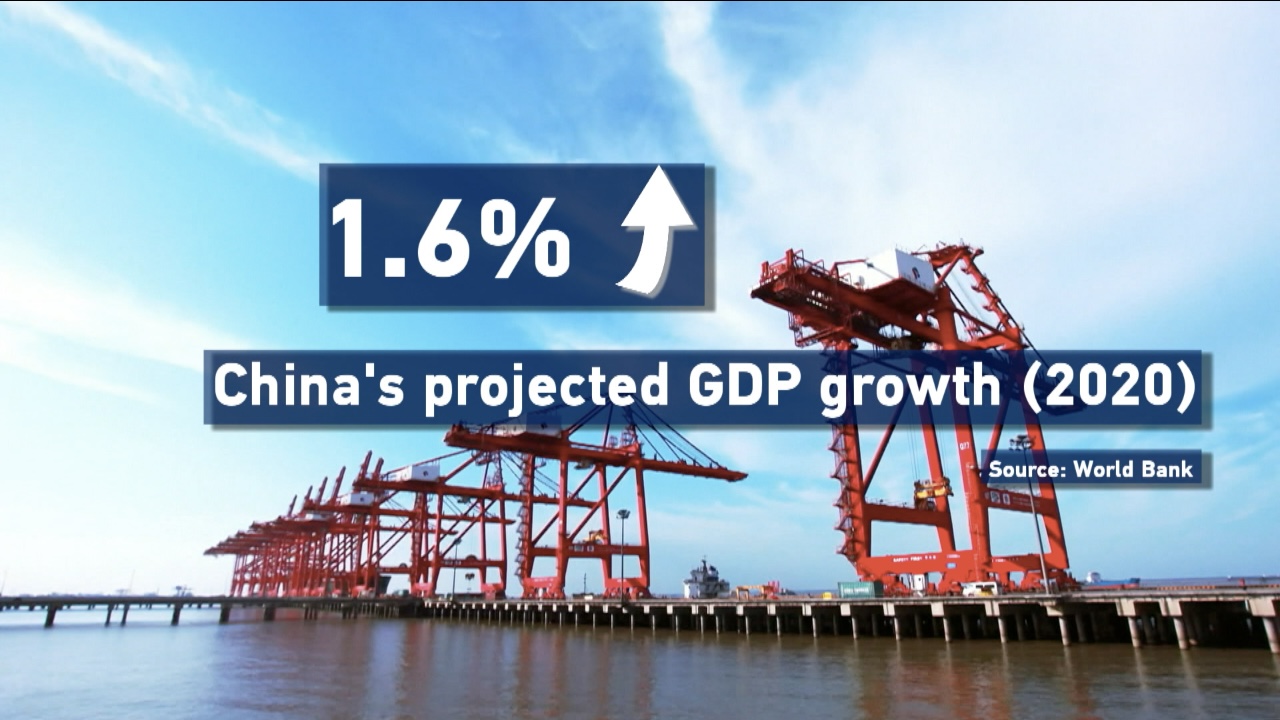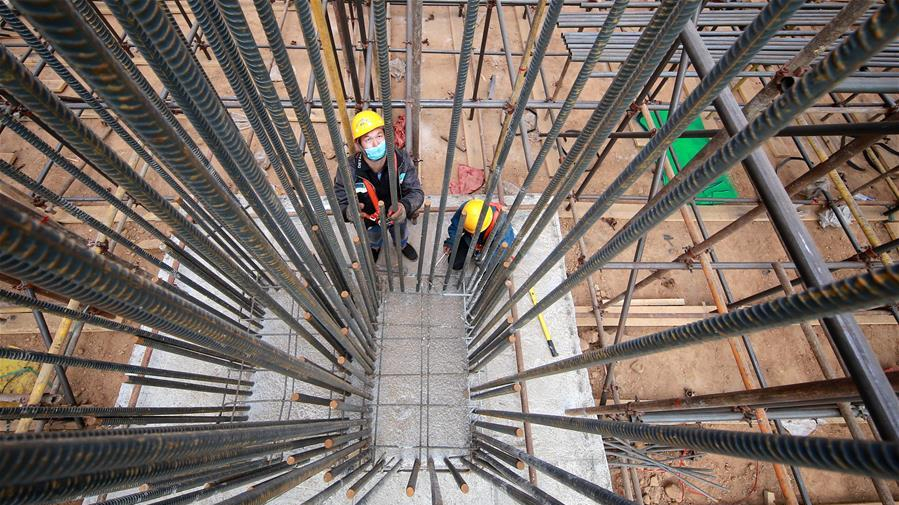01:41

China is returning to normal post-COVID-19 with GDP growth in the July-September quarter registering 4.9 percent from a year earlier, boosted by investment and exports, official data showed Monday.
Over Golden Week, one of China's largest national holidays from October 1 to October 7, China saw more than 630 million trips were made domestically, generating 466.6 billion yuan (69.5 billion U.S. dollars) in revenue of traveling, shopping, family visiting etc. Though a lot of prevention and control measures were suggested, people still chose this peak season to have some fun after a long time of "staying in the shelter."
Meanwhile, the U.S. and some European nations are struggling to quash their outbreaks and reignite their economies following frustrating job losses, economic recessions, virus resurgences and social instability.
Europe is facing a second wave of COVID-19. Cities in the UK, France, Spain and other countries are against tightening restrictions and closing businesses again. But with over 200,000 deaths across the continent, leaders are deperately struggling to keep the virus contained.
29:14

The U.S. Thanksgiving holiday weekend is around the corner. U.S. infectious-disease expert Anthony Fauci said Americans must "sacrifice" it if they hope to prevent another surge of cases. Yet President Donald Trump on Monday said the government's top pandemic fighter is a "disaster" and possibly an "idiot" as he claimed that Americans are tired of COVID-19.
The U.S., with a population of 328 million, has recorded more than 8 million coronavirus cases and more than 219,000 deaths as of Monday, according to data from Johns Hopkins University.
Meanwhile, China, with a population of 1.4 billion, has recorded 90,974 coronavirus cases and 4,739 deaths as of Monday, per Johns Hopkins University.
"These are places that got out of control in the beginning, and China made this decision to protect China and the rest of the world," said Bruce Aylward, assistant director-general at the WHO, adding that China's success came from speed and from taking contract tracing seriously, according to Vox.
"The faster you can find the cases, isolate the cases, and track their close contacts, the more successful you're going to be," he said.
"They have their system primed for rapid detection and rapid response. They never want to be in another situation like a Wuhan – and they haven't."

Workers at a construction site in an industrial park of an economic development zone in Handan City of north China's Hebei Province, May 4, 2020. /Xinhua
Workers at a construction site in an industrial park of an economic development zone in Handan City of north China's Hebei Province, May 4, 2020. /Xinhua
On October 9, Qingdao, an eastern coastal city in China, announced it would test all of its 9 million residents for the coronavirus in a five-day blitz after identifying 12 new cases linked to a local hospital. In the following days, the city had conducted 10.5 million tests, equivalent to testing everyone in the New York City area. And it was not the first time China tested a whole city at the first sign of a threat that the coronavirus was on the spread again.
According to Business Insider, some U.S. cities have drawn praise for rolling out fairly successful testing drives, like Los Angeles and San Francisco, but all have fallen short of the efforts seen in China.
Meanwhile, the UK has a chronic testing problem, with the government on several occasions failing to hit daily testing targets, most recently in the face of heightened demand. Spain also struggled to ramp up testing in the spring this year, and France increased testing this autumn, but there have been multiple reports of widespread delays and overloaded laboratories.
Further, a study comparing human interactions in the major cities of Wuhan and Shanghai before and after the pandemic, published in Science magazine in June, found that "daily contacts were reduced seven-to-eightfold during the COVID-19 social distancing period, with most interactions restricted to the household."
"We find that social distancing alone, as implemented in China during the outbreak, is sufficient to control COVID-19," the authors wrote.
In contrast, the U.S. has problems in introducing a coherent federal plan to make social distancing or wearing masks the norm. The tensions and conflicts between the White House and U.S. CDC of imposing rules controlling the infections were not so helpful in restraining behavior.
Dr. Leana Wen, the former health commissioner for Baltimore, said, "They know social distancing is most effective when applied early, consistently and aggressively. That's not what has happened across the U.S."
Whether residents can largely follow the government's orders on mask-wearing, social distancing and limiting gatherings is crucial to a country's COVID-19 containment. In Europe, experts said that the continent was suffering from "pandemic fatigue." Compare China's high compliance with such measures, Americans were refusing to wear masks. Even in late September, Trump still treated Joe Biden's mask-wearing as a weakness to be ridiculed. In the UK and Italy, officials also blamed surges in cases on young people who they said were "eschewing masks."

China is the first nation in the world to achieve full post-pandemic box office recovery. /CGTN
China is the first nation in the world to achieve full post-pandemic box office recovery. /CGTN
"The third quarter saw some mini-second waves of the coronavirus outbreak in a few (Chinese) cities, but they were quickly contained. Private investment thus accelerated, as the market reinforced confidence that China has the pandemic under control," Wang Dan, chief economist with Hang Seng Bank China, told CGTN.
"The economy, especially the retail and small businesses, actually are getting back on track in a very good manner. And there've been one or two cases of COVID-19 in certain cities, but local governments have become very skillful and familiar with all the contingency plans; they know how to handle the issue without interfering with the overall economy," Qu Qiang, assistant director of the International Monetary Institute at Renmin University, said.
Meanwhile, the U.S. and many European states still have a lot to do to drive down coronavirus infections to China's level, according to experts. They have to make a lot of changes in the process of economic recovery and COVID-19 battles.
(With inputs from Business Insider)